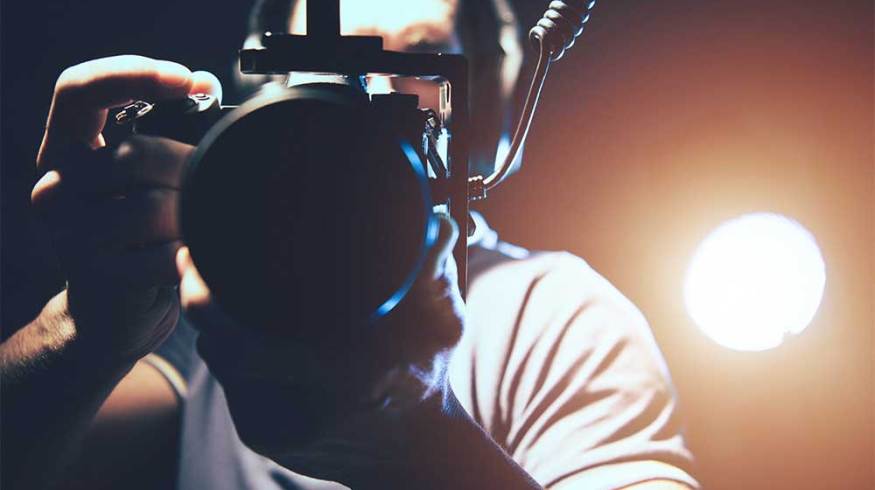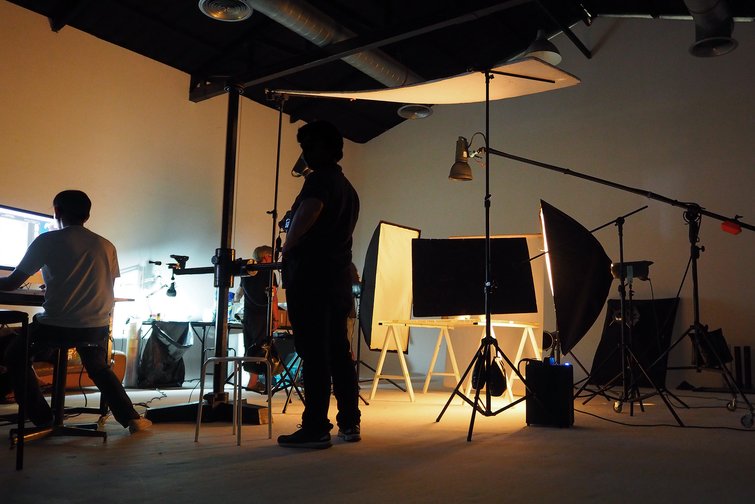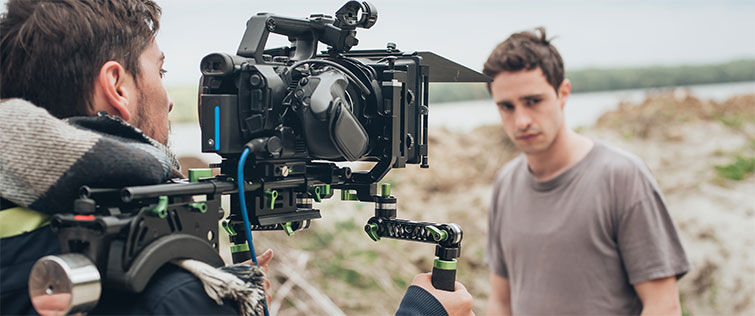
How Productions Are Changing During the Pandemic
Our industry was hit hard by COVID-19. Productions came to an abrupt and jarring halt without warning. Nearly six weeks later, we’re beginning to see a few small productions peek through the blinds. These productions have started to give us a subtle glimpse and even foreshadow how future productions may run.
Personally, I’ve been extremely fortunate to have the opportunity to work on some of these newly emerging productions. Through these experiences, I’ve seen first-hand how things are already starting to change and shift. I wanted to detail out four of the biggest changes I’ve already noticed within production.
Much Smaller Crews

Crews will be smaller and more flexible. Image via gnepphoto.
To reduce the risk of exposure, producers and production companies have been hiring much smaller crews. For example, a talking head shoot I was recently on would’ve typically been ten to fifteen people, easily. However, with these new protocols, the production was reduced down to only three. Just the director, myself as DP, and then sound. That’s it. Typically I would’ve had two camera assistants, a camera operator, a gaffer, and a swing directly on my side. Then production would’ve had a slew of other crew members and even a teleprompter operator. This reduction in crew sizes ultimately just means that we may have to become a little bit more nimble as filmmakers.
Health and Safety Documents
Every production I’ve been on I’ve had to sign safety and health documents. These documents contained and detailed safety protocols while on the shoot, such as hand washing and wearing face masks and gloves. They always contained verbiage in which we, as crew members, agreed we wouldn’t come to set if we had a fever or were feeling ill. Personally, I much appreciated receiving this document. It showed that the production truly cared about our health and wellbeing and wanted to keep all of us safe.
I would imagine that most, if not all, productions will adopt a document like this to ensure crews safety while working on set or on location.
Less Travel, More Local

Hiring local filmmakers will be safer and less expensive. Image by guruXOX.
Recently, I was listening to a live stream with DP Matt Porwoll. He had mentioned in this live stream that he’s personally noticed that productions are beginning to hire more locals and traveling-in their own crews much less. As a result, we may see a surge in productions hiring local directors, producers, DPs, and support crew to craft their content rather than the previous method of flying in their own keys. Limiting a production’s amount of travel could provide a safer working environment on-set.
Bring and Supplying Your Own Equipment
An aspect that I’ve personally noticed is that it’s a major perk if you own your own equipment. Certain productions are growing more reluctant toward renting equipment during these strange times. By avoiding this step and hiring mostly owner/operators, they can help to reduce the chance of exposure for the crew members. Granted, productions will never completely stop renting from local rental houses. However, on certain productions it may become highly advantageous to hire crew that own and can supply their own equipment.
Overall, only time can tell us how drastically productions are slated to change here in the near future amidst COVID-19. All we can do for now is assess how things are currently beginning to change and accept and embrace that.
Cover image by welcomia.






